.
.
“Shadow Ball,” a story by David Eugene Everard, was a short-listed entry in our recently concluded 56th Short Fiction Contest. It is published with the permission of the author.
The author highly recommends listening to Lee Morgan’s classic 1964 recording “The Sidewinder” as you read his story.
.
.
photo by Joe Taricani via Pixabay
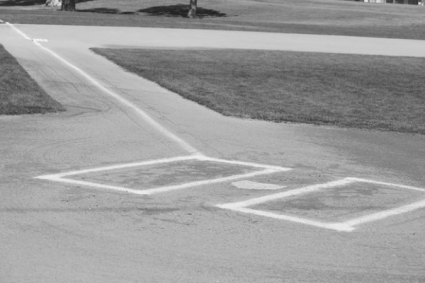
.
.
Shadow Ball
by David Eugene Everard
.
…..In all honesty, my father had been known to tell more than a few tall tales in his time. Yet, whenever I’d try to catch him on one he would pause, nod his head patiently, and then politely remind me there were always two sides to every story.
…..Now, according to the old man, who apparently got it from an obscure Russian philosopher he met during the war, the components in question referred to the idea that a story, and the way it was told, were two separate entities. The only thing left to do once you understood the difference, he’d advise anyone within earshot, was to blend them together like a slow smile on a summer morning.
…..As luck would have it, the park across the street from Pete’s house also acted as a research laboratory where I could test Dad’s theory in depth. Additionally, it could be relied upon to take on whatever form we required for our own escapades (whether it be the Batcave, Metropolis, or the lost continent of Atlantis). And, thanks to its size and flexibility, it was the favorite playground of every kid in the neighborhood.
…..Not only did it have a variety of intriguing narratives on tap, it was more than willing to entertain anything we had to offer in return. Although we preferred to share our exploits at the drop of a hat, the park routinely saved its best stories for baseball season.
…..What initially attracted us to the game were the rituals various players invoked to placate their superstitions. Some religiously rearranged the dirt in the batters’ box between pitches, while others would never intentionally step on a chalk line as they entered or left the field of play.
…..For example, hometown hero Hollywood Doug Deegan went through the exact same scenario every single time he stepped into the on-deck circle. First, he would pick up his fifty-four ounce hickory bat, swing it precisely seven times, and then place it on the ground with the label facing the scoreboard. With that part of the ceremony satisfied, Doug would remove his batting helmet, take a rattail comb from his back pocket, and fix his hair with three quick strokes. At this point, he’d grab his hat and return it to a now very well-groomed head. I never quite understood how any of this helped him at the plate, but he certainly got his fair share of hits.
…..Nevertheless, I’m getting ahead of myself here and we really should start this story from the very beginning.
…..Pork-Pie Pete was my best friend in those days, and Kings Park was our second home. Because the property was the pride and joy of the municipality it was fortified by steel cables, bulletproof padlocks and a seven-foot plywood fence. Just the same, nothing short of kryptonite ever stopped us from exploring its vast, friendly confines.
…..Accessing the park was a lot easier during the day when all we had to do was hop the fence over on the south side where a squadron of tall, thick trees were waiting to shadow us in. Evenings presented more of a challenge, but we had a pocketful of contingency plans to draw from.
…..Once the coast was clear, Pete would slip his hands under my right foot and give me a boost to the top of the fence. In return, I’d straddle the top rail, reach back down, and pull him up. The next step was to avoid detection by either the security patrol or their recently adopted mascot, Lucky: a one-eyed, three-legged pit bull terrier with an attitude problem.
…..Like most entrepreneurial artists our age, we were constantly on the lookout for any post-allowance spare change we could lay our hands on, and the best place to do this was at Kings Park in the summertime.
…..If you returned any of the baseballs that went out of bounds during a game, the gals at the Snack Shack would buy them back from you for a nickel apiece. Most of the time we took the cash, but occasionally we’d keep one for ourselves.
…..Alternatively, there were six bits to be made for operating the scoreboard. The job involved multiple tasks, and attention to detail was mandatory. You’d begin by gathering what you needed from a storage closet built into the bleachers on the third base side. After double-checking the inventory sheet, you’d sort the material into a pair of over-sized plastic buckets and carry them some two hundred and eighty odd feet to a point just beyond the left field fence. From there you had to climb a short, stubborn stepladder, and arrange each item in its proper place along the narrow wooden slats that ran the length of the structure. During the game itself you were expected to refresh the line score after every pitch by matching the luminescent numbers on each individually painted tin tile with its appropriate nail.
…..Despite the panoramic view it provided, the job paid the same amount of money no matter how long the game lasted. The only other drawback was hearing the announcer’s voice slowly ricochet across the park’s ancient public address system anytime you missed something.
…..While the tip varied from team to team, a batboy could expect to take home a dollar at the end of the night. I know it doesn’t seem like much these days, but back then that kind of coin would buy a kid an avalanche of comic books and candy bars at Gulk’s Home Confectionery up on Eckhardt Avenue.
…..Thanks to some dubious, and completely self-serving, advice from his older brother, Pete was under strict, non-negotiable house arrest the night the Indianapolis Clowns came to town.
…..As I learned much later, Indianapolis had switched to a full-time barnstorming schedule when the Negro Leagues folded for good in the late ‘50s. In an effort to remain economically attractive they now promoted a baseball gimmick in much the same manner as the Harlem Globetrotters worked a basketball game. What grabbed my attention at the time, however, was a bright, star shaped blurb on their handbill announcing that both Satchel Paige and Henry Aaron had played for them in the past.
…..I watched carefully as they arranged their equipment in the visitors’ dugout before asking if they needed any help and, much to my delight, they hired me on the spot. Along with my usual housekeeping duties I was invited to engage in some rather sophisticated acts of skullduggery. Needless to say, my participation was assured when their manager handed me an overly ripe grapefruit and casually suggested that I disguise it with a coat or two of spray paint.
…..The Indianapolis Clowns were tailor made for the entertainment circuit. Not surprisingly, their roster was filled with unique names and talented players. Among those who saw action that night were Two-Way Ulysses Greene, an exceptional pitcher who could throw high, hard heat with either hand, and Reinaldo Drake, an intelligent, fleet-footed center fielder capable of erasing adventurous base runners with a single flick of his wrist.
…..James ‘Natureboy’ Williams defended the bag at first and occasionally played the position while sitting comfortably in a rocking chair of indeterminate origin. Always the trickster, James had a large question mark stitched to the back of his jersey instead of a number. Everyone in the park roared with laughter when he was introduced, but I never got the joke until Pete showed it to me later in an old Abbott and Costello comic book.
…..Utility relief pitcher Thelonious ‘Be-Bop’ Powell mixed a five-alarm fastball with a slow, late-breaking, rainbow curve that took forever to land. When asked if the big bender had a nickname, he’d smile and reply with a wink, “Well, my Uncle Charlie likes to call it an ‘Articulated Echo’ because of its acutely angular approach to the plate.” He then extrapolated his already oblique description even further by cloaking it in an old-fashioned form of baseball jargon known as Stengelese.
…..The best player in the park that night was a seasoned veteran by the name of Birmingham Sam Brison. Not only was he an extremely gifted infielder with an intuitive eye at the plate, Sam ran the bases like he was triple-parked at a city hall fire hydrant.
…..Due to an unfortunate last minute cancellation, the acting deputy mayor was nominated to host the pre-game festivities along with an endless caravan of local celebrities, regional dignitaries, and potential campaign donors. Predictably, things didn’t pick up again until the umpire declared that it was time to “Play Ball”.
…..The first few innings of the game resembled a championship boxing match as each squad looked for an early advantage. The home team did manage to get a runner onboard in their half of the third, but that challenge was quickly eliminated with a well-executed double play.
…..Midway through the fourth, a handful of Indianapolis Clowns surrounded home plate for what started off as a simple game of catch. Spellbound, I soon lost track of the ball as it flew swiftly from one well-placed glove to another. Every now and then, someone would propel themselves deep into the night sky and rescue what looked like an errant throw before redirecting it behind their back, or between their legs, to the next recipient who would also do something amazing.
…..While the charismatic chatter accompanying the act might have been fabricated, the percussive rhythm it produced was truly irresistible. And, just like any other form of art worth its salt, their shadow ball routine showed a remarkable ability to blur the line between truth and illusion.
…..Between accident and invention, the sixth inning belonged to Birmingham Sam. He started things off with a frozen-rope line drive that found the gap in right field. It was clearly a double, but he stopped at first regardless. Sam then stole second with a picture-perfect pop-up slide before heading to third on the overthrow. Anticipating a photo finish at the cornerstone, he went horizontal in a hurry and dove under the tag in a glorious tangle of arms, legs and laughter.
…..He showcased his defensive abilities while handling a hot-tempered, one-hop hit that scattered the chalk on the way to third. Sam barehanded the ball cleanly and then silenced the base runner with a smooth, sidearm strike. For the second out of the inning, he scooped a slow roller from the soft dirt in front of him, planted his left foot, pivoted hard, and rifled the ball across the diamond where it rippled Natureboy’s big mitt with a loud, leathered slap that could be heard, as legend has it, all the way over on Pollock Avenue. For an encore, he brought the frame to a thunderous close by chasing a towering fly ball down the line and up into the stands before giving it to the fan whose lap he was sitting on when he caught it.
…..True to his nature, Lucky acknowledged the seventh inning stretch by quietly cocking his phantom limb and thoroughly christening the foul pole out in right field.
…..The bottom of the eighth did not look promising for the Indianapolis nine when their pitcher walked the first three batters he faced. Clowns manager Ed Hamman promptly called a timeout to address the situation in person. Arriving at the plate in a foul mood to begin with, he soon escalated the debate exponentially by comparing the umpires to a number of mice and a single white cane.
…..In the brief pause following the first out, Ed seized an opportunity to make amends for his earlier faux pas by bringing an oversized rule book out to home plate for the benefit of the unfazed arbitrators.
…..When that short-sighted strategy failed to win him any support whatsoever, he relegated his outfielders to the Indianapolis dugout.
…..Ed doubled down after the second out by attaching an enormously thick magnifying glass to his well-thumbed, but now apparently bankrupt rule book. Complaining bitterly how every call was obviously slanted in favor of the home team, he slowly escorted his infielders back to the bench, leaving only Thelonious ‘Be-Bop’ Powell and their second-string catcher behind to defend the diamond.
…..Following a moment or two of anxious procrastination, Ed Hamman looked at the ump, pointed to his pitcher, and headed out to the mound.
…..Suitably prepared for any emergency, Ed pulled a long, incandescent cloth from his brightly painted first aid kit and, with some utterly incompetent assistance from the entire infield, blindfolded Thelonious. Once it was firmly in place, they grabbed Be-Bop by his shoulder blades and spun him around in a series of ever-expanding, off-kilter spirals until he was staggering around the pitchers’ perch like a pickled piñata. Then, as we all watched in amazement, he fanned the next batter on three straight, surprisingly fast, and possibly invisible pitches.
…..Collectively, the Clowns’ pitching staff had kept the opposition off balance and baffled all night long. Consequently, by the bottom of the ninth a wet blanket of quiet desperation threatened to smother the last halo of hope the home team had. Clearly, if they were to have any chance at all, some form of serendipitous intervention was required.
…..With two out and two on, Two-Way Ulysses Greene was in a jam. Ed took one look at the next batter and realized that this might be a good time to review their options. After a lengthy, but highly entertaining conference at the mound, with almost everyone on the roster having a say in the matter, they finally decided that the best way to pitch to a cross-handed switch-hitter was from the right side.
…..Ulysses consulted his rosin bag and then gave the game ball a generous, and somewhat gratuitous, good-luck kiss. Working from the stretch, he checked the runners before swinging his arm around in a series of quick, comedic circles like it was trapped in a Texas tornado. It didn’t take anyone in the park very long to realize that this particular pitch had trouble written all over it.
…..After the runners safely advanced to second and third on the error, Ed stood on the top step of the dugout and flashed four fingers at his pitcher. With the bases loaded—and dramatic suspense on the rise—the next batter found himself facing a full count.
…..The Indianapolis reliever toyed with his baseball cap, slowly measured the caliber of the pitching rubber with both cleats, and continued to stall until the hitter finally gave up and called for time. Taking advantage of the situation, I delivered a new batch of baseballs to home plate. As I walked back to the bench, Ulysses looked suspiciously at the ball in his hand, waved it at the umpire, and asked for another one.
…..Bent slightly forward at the waist, his right arm dangling almost motionless in the soft summer breeze, Ulysses Greene waited for a sign. He shook off the first two in rapid succession before agreeing wholeheartedly to the third. Glancing up, he acknowledged the crowd with a smile, nodded graciously to each dugout, turned to the batter, and proceeded to toss him the fattest pitch to ever float through a professional strike zone.
…..Penticton’s last hope took one long look at this divine gift and set his sights on the left field fence. The audience stood as one with the pitch, and cheered even louder when he shifted his weight from one foot to the other.
…..Lucky woke up from his best nap of the night just in time to watch the hometown hero begin his much anticipated, and perfectly executed, wraparound swing.
…..Momentarily stunned by the sharp silence that followed, our unsuspecting slugger eventually realized that, not only was he standing all alone at home plate, he was now completely covered in grapefruit.
…..I offered to stick around and help out after the game was over, but Be-Bop came by with a big smile and a short handshake before letting me know that I’d already done my fair share of work for the evening. Ed arrived a moment later, tousled my hair, pointed to my tip, and winked.
…..It wasn’t until I got home that I found the five-dollar bill someone had cleverly tucked inside the crown of my brand-new Indianapolis Clowns’ baseball cap. Naturally, Pete and I celebrated later with comic books and candy bars up at Gulk’s.
…..Like my father before me I’ve been known to tell a tall tale or two. Yet to this very day whenever I lean back, close my eyes, and think about hopping the fence at Kings Park with Pork-Pie Pete, I can still hear the capacity crowd laughing at that poor, bewildered batter.
…..And every time I do, I smile just like Hollywood Doug Deegan did as he turned to the audience and smoothly wiped the last piece of grapefruit from the label of his fifty-four-ounce hickory bat.
.
.
For the old man;
with a nod (and a wink) to
Buster Keaton, Casey Stengel,
and the Indianapolis Clowns.
.
.
_____
.
.
David Eugene Everard lives and works on an island in the Pacific Northwest and gathers inspiration from the ocean that surrounds it. His other publications include ‘Detour’ a short story which appeared in the 2019 Halloween issue of The Creeps, and his 2002 Master of Arts thesis project “Wrestling Dell ‘Arte: Professional Wrestling as Theatre” (University of Victoria).
.
.
Listen to the 1964 recording of Lee Morgan (trumpet) playing “The Sidewinder,” with Joe Henderson (tenor sax); Barry Harris (piano); Bob Cranshaw (bass); and Billy Higgins (drums).
.
.
.





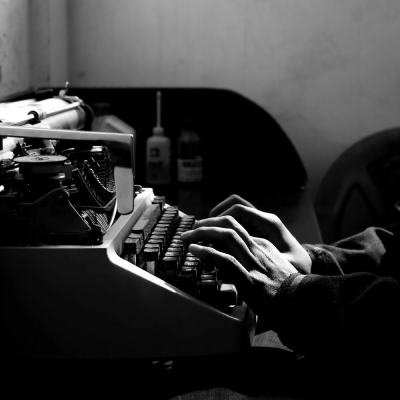
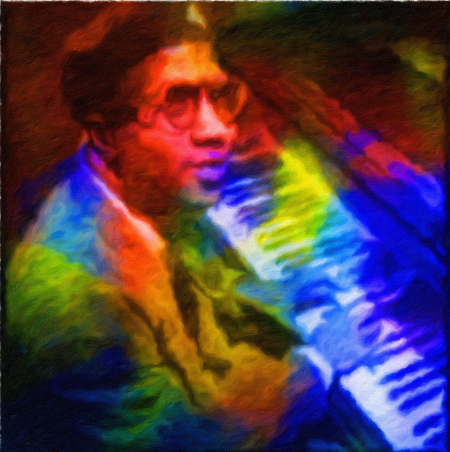


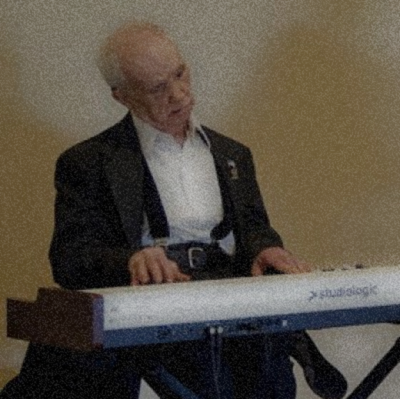

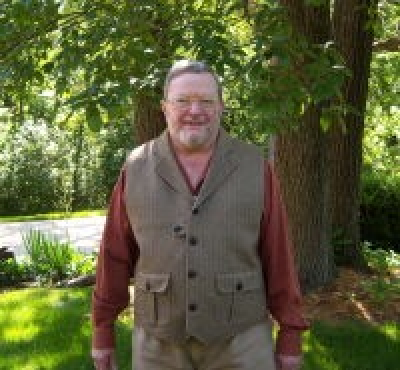
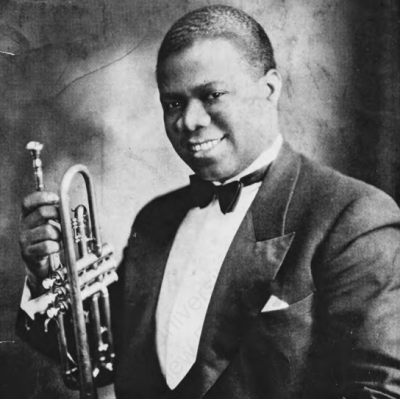
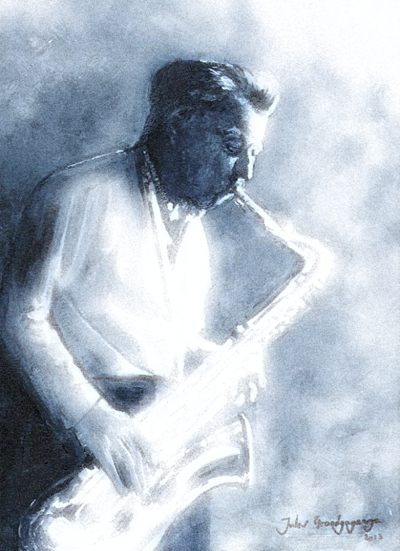

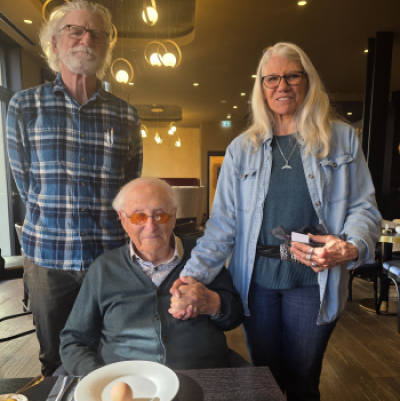

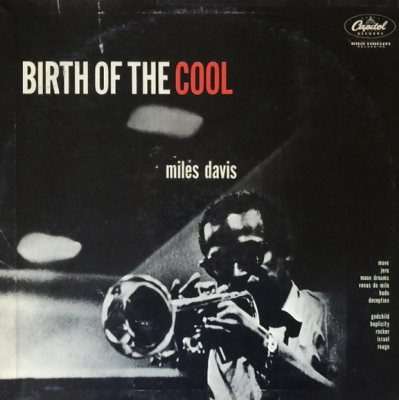
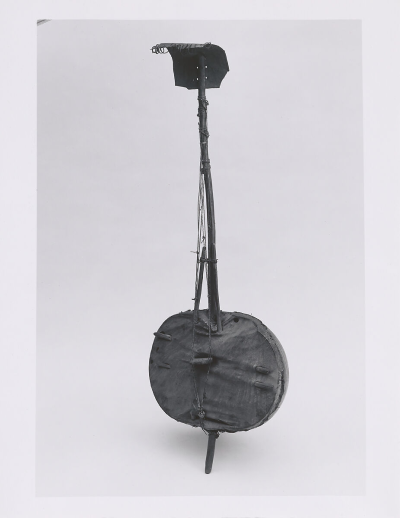


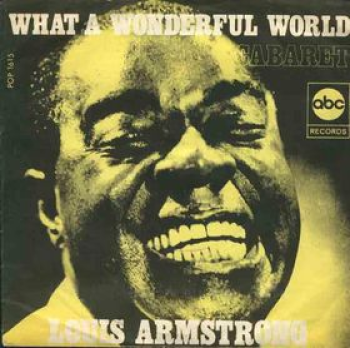
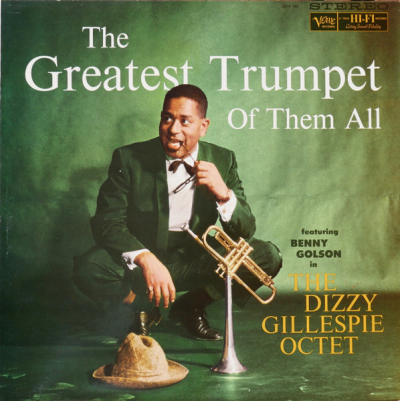
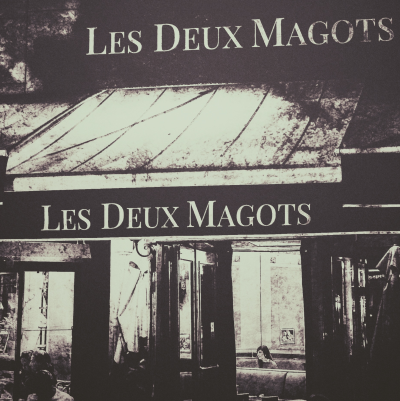
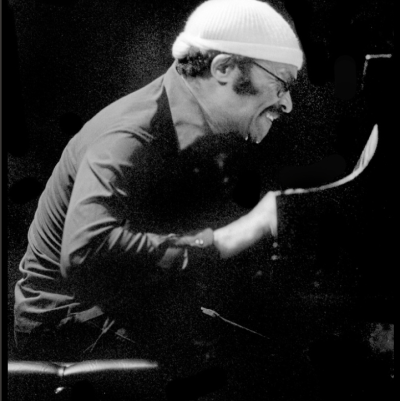
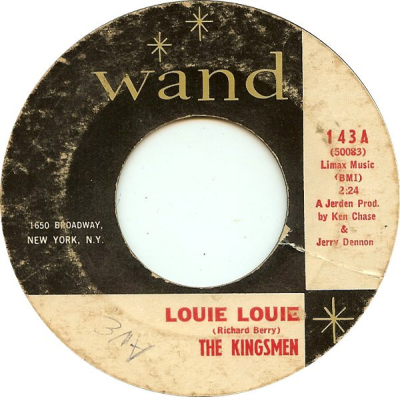
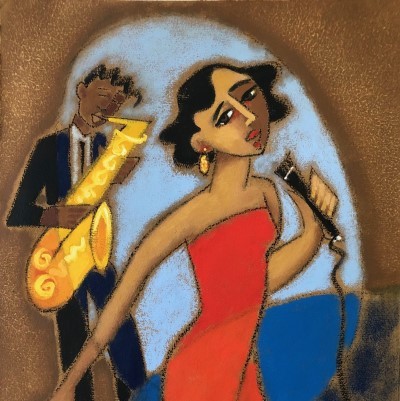





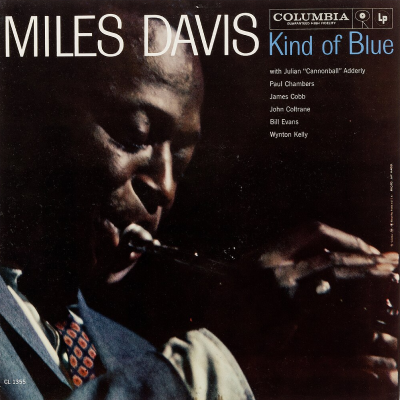
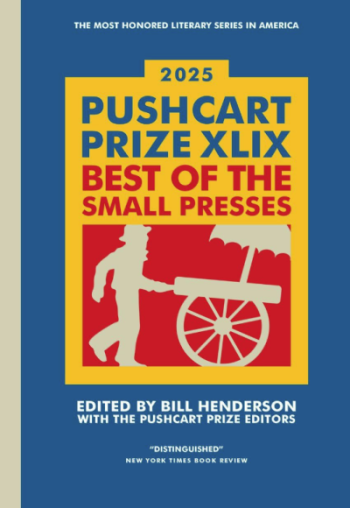






I remember your seductive record collection, Callebaut chocolate, and green olives on pizza. Congratulations on a wonderful story.
Hi Kara,
Good to to hear from you again. I hope you’re doing well.
As for me, the record collection is now as thin as the hair on my head, the chocolate craving has been replaced by a sugar free diet, and any pizza I eat these days comes out of a box – but that’s life and I wouldn’t have it any other way!
Thank you for the kind words Kara, writing Shadow Ball gave me a chance to re-explore my childhood and I’m glad you enjoyed it!
Best of luck in life & love,
david